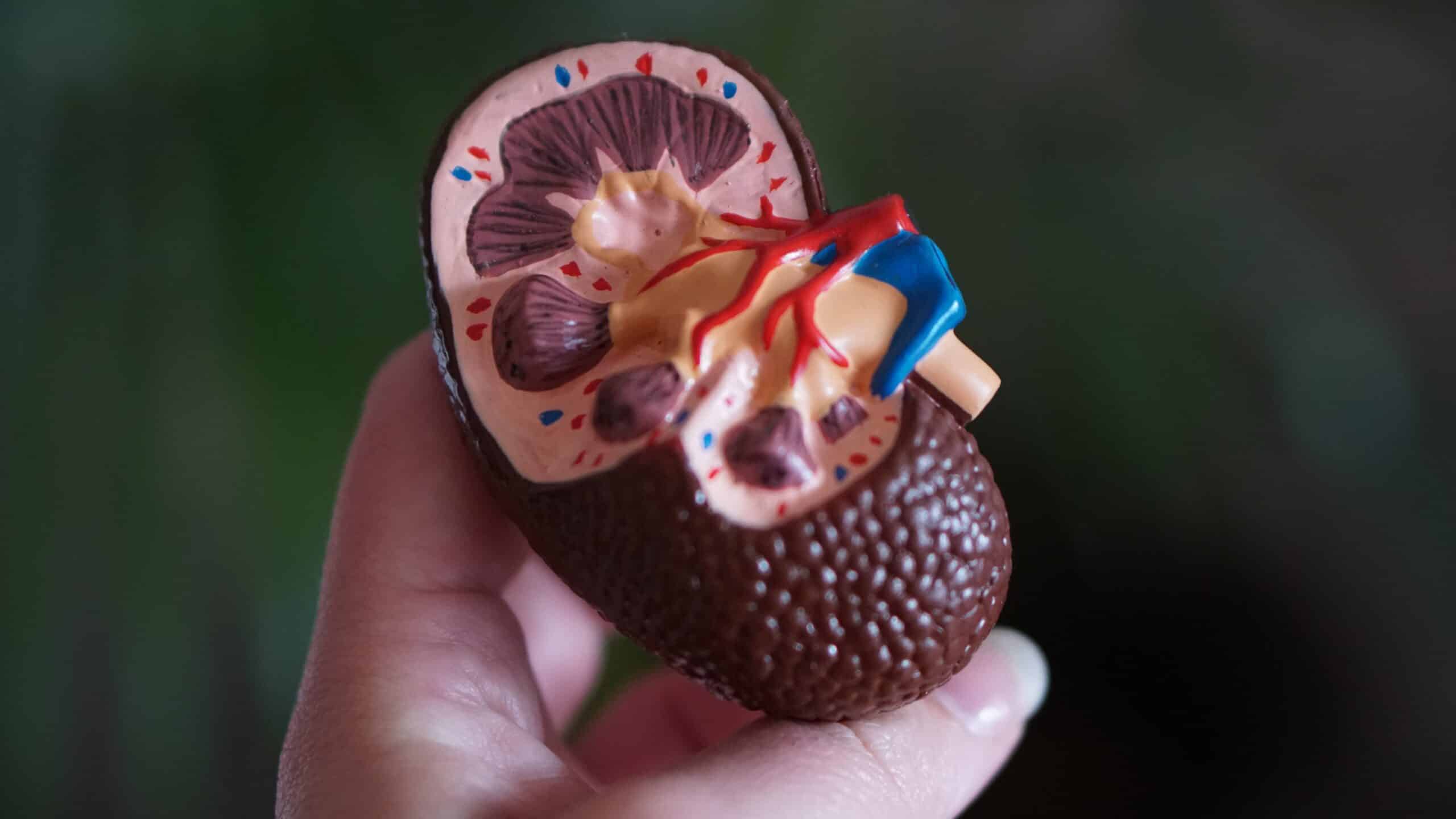With the New Year fast approaching, you may be thinking of what resolutions 2019 will bring. Self-growth is very important and highly recommended, but over half of people with a New Year’s resolution will give up in less than six months’ time (Szalavitz, 2012). In the wellness field, we are all too familiar with this trend. The influx of gym goers skyrockets in January with people setting goals of weight loss and getting in shape, only to fall by the wayside shortly after. Why is that? I suggest the reasons are vague goal setting and improper planning. This article will discuss the SMART way to set a goal, and how to be successful. S-Specific Make your goal specific. “I want to be healthier” is a common goal for New Year resolutions. What about you is unhealthy? Are you overweight and need to lose it? “I will lose weight” is more specific and gives a true idea of what you set to accomplish. M-Measurable Let’s look at the previous example of “I will lose weight.” How much weight exactly? You weigh less in the morning, so you can technically reach your goal overnight. Set a number and stick to it. “I will lose x number of pounds” is concrete and definitive to find success. A-Attainable In the wellness field, it is common to hear people say their goal is to lose fifty plus pounds. This goal is attainable and necessary for some, but fifty pounds is extreme if you are just starting to make healthy lifestyle changes. Whatever the number is you choose, be realistic in your approach. “I will lose 20 pounds” is both realistic and attainable. R-Relevant Often the “R” alters between relevant and realistic. Attainable goals are realistic goals, so let’s use the relevant in order to provide motivation every time you affirm your goal. Relevancy is the “why” you’re doing it. Weight loss may not be important to you, so setting a weight loss goal is not relevant, so choose something that is. If weight loss is relevant to you, add a “why” statement to add meaning to your goal. “I will lose 20 pounds so I can relieve my knee pain.” Studies show that a weight loss of only ten pounds will significantly reduce knee pain. (Kane, n.d.) T-Timely How long are you going to give yourself to reach this goal? Be determined and put a time stamp. Without an end date, you may not put the work in to be successful. The time frame needs to be attainable as well and should be done in a safe manner. Typical weight loss should be safely done in 1 ½ to 2 pounds per week, but it may not happen exactly this way. “I will lose 20 pounds in three months to relieve my knee pain” is realistic and provides a set deadline. Now you have your SMART goal spelled out. “I will lose 20 pounds in three months to relieve my knee pain.” In three months’ time, you will find success or know you need to work harder to reach your goal. Giving up is not an option, so let’s talk about how to reach this goal.
- Seek Help and Accountability. Look at success stories of how other people with similar goals accomplished the feat, and talk to professionals who specialize in the field. Find someone who will hold you accountable and keep you focused on why you started. The Lakeview Health Wellness Center team is always available to help you with any questions or concerns in regards to health-related topics and provide motivation when things get hard.
- Set checkpoints. Three months is a long time. As stated early in this article, most give up after two months. Why? Long-term goals are not supported by short-term successes. “In one month, I will lose at least 6 pounds.” This short-term goal is a checkpoint on the path to long-term success.
- Reward yourself. When I reach my 6 pounds in one-month goal, I will add three new songs to my workout playlist. When I reach my 20-pound goal in three months, I will buy myself a new pair of workout shoes. These little splurges will make the hardships more bearable knowing there is a reprieve along the way.
- Positive Affirmations. Look back at the goal breakdown above. It does not say “I want to…” but instead “I will.” Making statements that confirm success will have a higher impact on reaching goals than using terms of desire.
- Keep it going. Once you reach your goal, set a new one. Twenty pounds in three months is not an endpoint and will need consistency to maintain. If not, the weight will creep back and you will be in the same spot at the beginning of next year. Counter this by setting a new goal to stay on the path to success such as “I will run a 5k race in three months’ time.”
If you’re SMART in your planning, seek help, set checkpoints, add a reward, and stay positive, the resolutions will revolutionize your health and wellness. Make 2019, or whenever you start, the time for success.
Download & Print Our Free SMART Recovery Goal Setting Worksheet
Use our free worksheet as a guide to help you set your goals in recovery!
[cta_btn url=”/wp-content/uploads/2019/01/SMART-Goal-Setting-Worksheet-for-Addiction-Recovery.pdf” title=”Download Now”][/cta_btn] Citations: Kane, A. (n.d.). How Fat Affects Arthritis. Retrieved from Arthritis Foundation: http://www.arthritis.org/living-with-arthritis/comorbidities/obesity-arthritis/fat-and-arthritis.php Szalavitz, M. (2012, December 28). How to Make New Year’s Resolutions Stick: Q&A with an Expert on Change. Retrieved from Time: http://healthland.time.com/2012/12/28/how-to-make-new-years-resolutions-stick-qa-with-expert-on-change/



